

A Dip of Soy Sauce
|
In Japan, Chiba Prefecture is the top producer of soy sauce. With soy sauce being a ubiquitous seasoning of Japanese cuisine since ancient times, it also means that Chiba has thrived as the centre of Japan’s soy sauce production for centuries. There are over 1,200 soy sauce manufacturers in Japan. Among them, many of the soy sauce production facilities can be found in Chiba, including the well-known Kikkoman Corporation.
The origins of soy sauce first in Japan can be traced back to “jiang”, or soy paste, from China. Through it, it was learnt that food would ferment and age while being immersed in salt, and thus drawing out a deeper flavour. Similarly, soybeans are slowly fermented and aged into soy sauce, which can be used in a variety of vegetable, meat, and fish dishes. Traditionally, microorganisms would turn steamed soybeans, roasted wheat, salt, and water into soy sauce over several months. This results in soy sauce with a complex aroma of over 300 aromatic properties, that are also found in wine and other fermented food. It also has a rich flavour, including sweet, salty, sour, bitter, and umami (savoury). Hence, soy sauce is versatile and can be paired with almost anything. Naturally, there are different types of soy sauce to best match the individual tastebuds. For example, the people from Kyoto and Osaka typically prefer slightly more salt. While soy sauce was already exported from Japan to overseas by the mid-17th century, exports only increased significantly after the Second World War. During this period, many American journalists and businessman were consuming food with soy sauce, and thus became familiar with the seasoning. This turned into an opportunity to spread Japanese soy sauce beyond the borders. For instance, Kikkoman developed recipes that used soy sauce in American cuisine, rather than promoting it as a set with Japanese cuisine. As a result of such efforts, about 60% of American households now stock soy sauce. As for why the soy sauce industry flourished in Chiba, there are several reasons to this. Key ingredients such as soybeans and wheat are harvested in great quantities in the Kanto Plain. The large rivers around the area were also adequate for transporting raw materials required in the production process, as well as the manufactured soy sauce. The prefecture was also located close to Edo, or present-day Tokyo, which was the centre of Japan back then, and this contributed to the soy sauce industry. Moreover, during the Edo period, signature Japanese food such as soba, tempura and sushi become popular. These dishes used soy sauce, and thus koikuchi soy sauce (dark soy sauce) in particular, became more widespread in Japan. Majority of the soy sauce produced in Chiba is the koikuchi type, and it is also the most common variety found in Japan, making up 80%. If you wish to learn more about soy sauce in person, you can visit and tour a soy sauce factory while you are in Chiba. Otherwise, JCC held a webinar on soy sauce in September 2021, where the history, seasoning effects and different varieties were introduced. There was also a special video showing a tour of a Kikkoman factory. To find out more, you can watch the archived version here: https://www.facebook.com/JCCEOJ/videos/289039869355820/ |
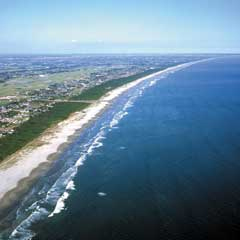 © Web Japan 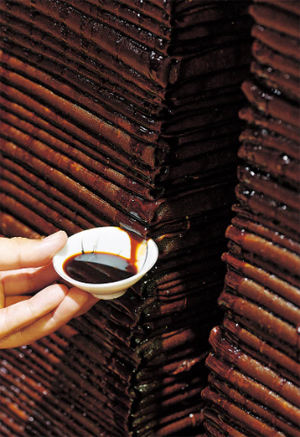 © Sasaki Takanori 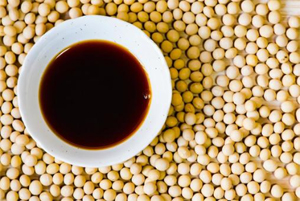 © photoAC 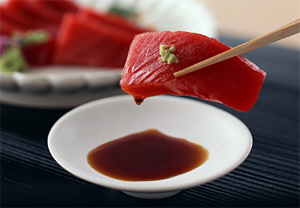 © AFLO 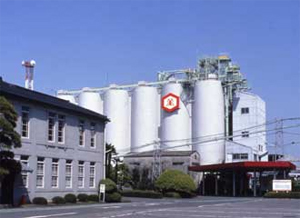 © Kikkoman Corporation |
Resources
|
Langford-Matsui, Helen. 2009. “The Japanese Seasoning on Everyone’s Table”. Government of Japan. https://www.gov-online.go.jp/eng/publicity/book/hlj/html/201809/201809_12_en.html. “Chiba Offers Delicacies From Land And Sea”. 2007. Web Japan. https://web-japan.org/trends/07_food/jfd071204.html. “Soy Sauce – A History Lesson”. 2019. THE GATE. Accessed 20 June. https://thegate12.com/article/172. “History of Kikkoman Soy Sauce”. 2024. Kikkoman Corporation. Accessed 20 June. https://www.kikkoman.com/en/culture/soysaucemuseum/history/. Ryall, Julian. 2021. “The Kikkoman soy sauce story”. South China Morning Post. https://www.scmp.com/lifestyle/food-drink/article/3132991/kikkoman-soy-sauce-story-how-its-made-why-chefs-love-it-and. |
|
Japan Creative Centre 4 Nassim Road, Singapore 258372 +65 6737 0434 / jcc@sn.mofa.go.jp https://www.sg.emb-japan.go.jp/JCC/ Nearest parking at Orchard Hotel & Delphi Orchard |
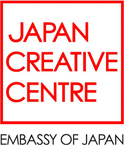 |